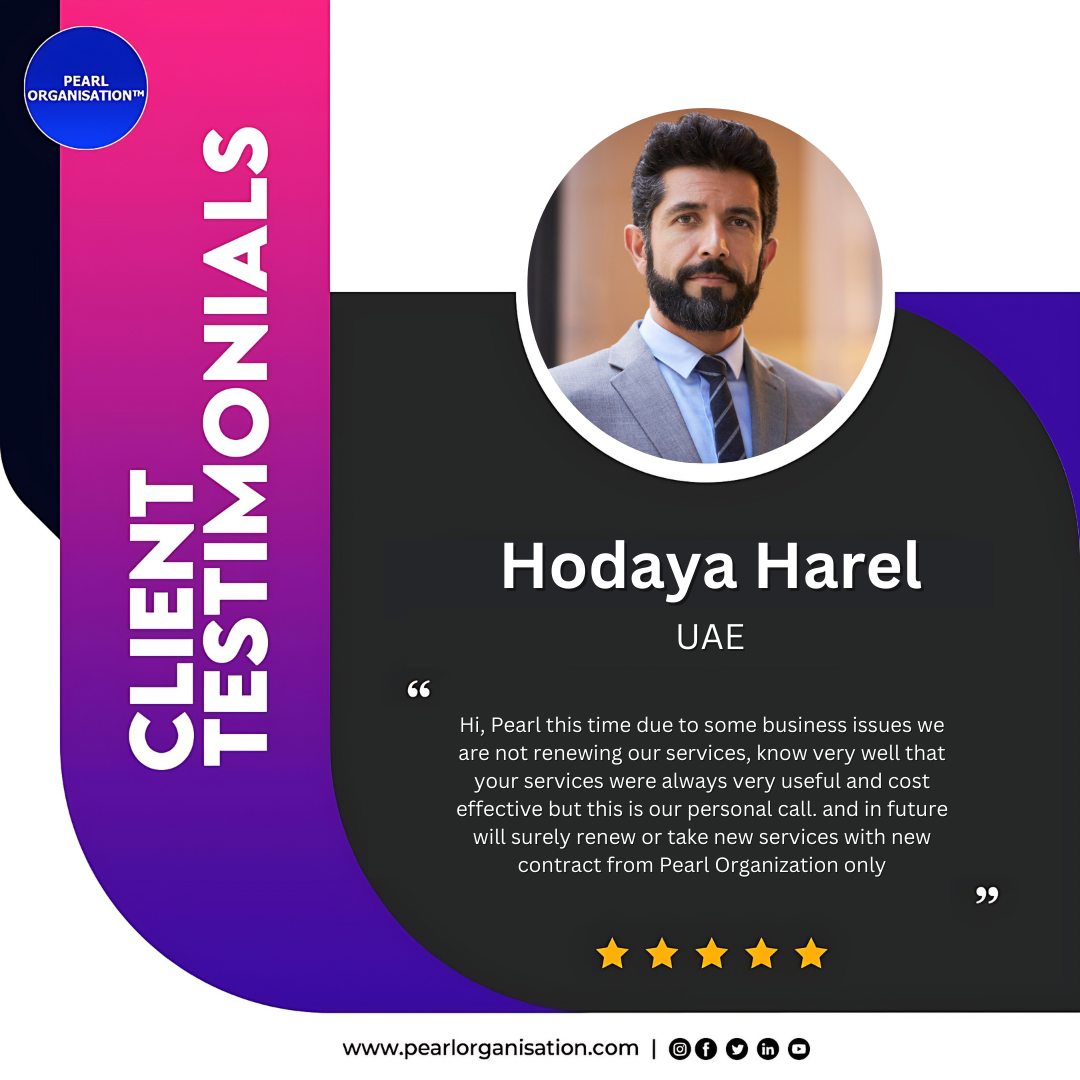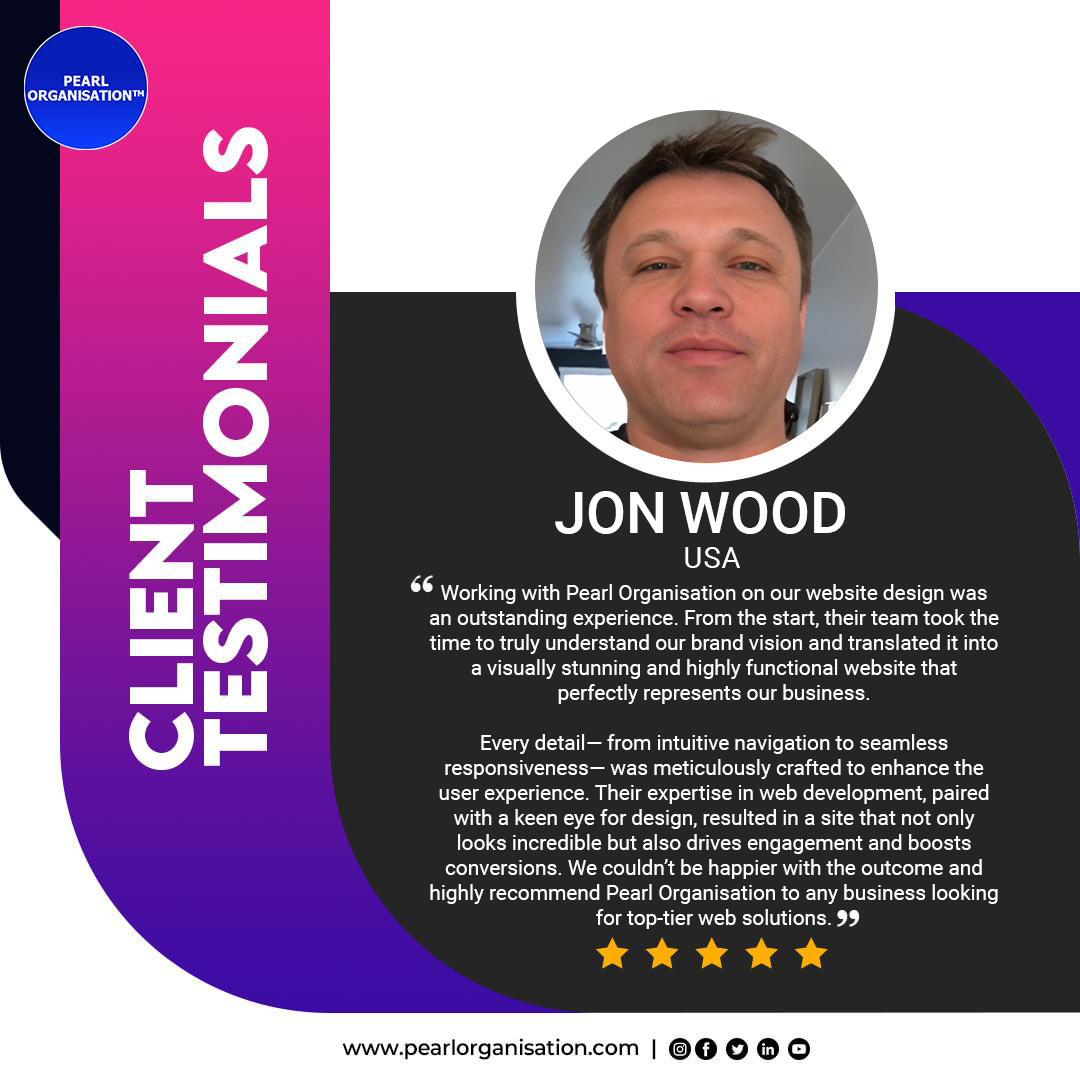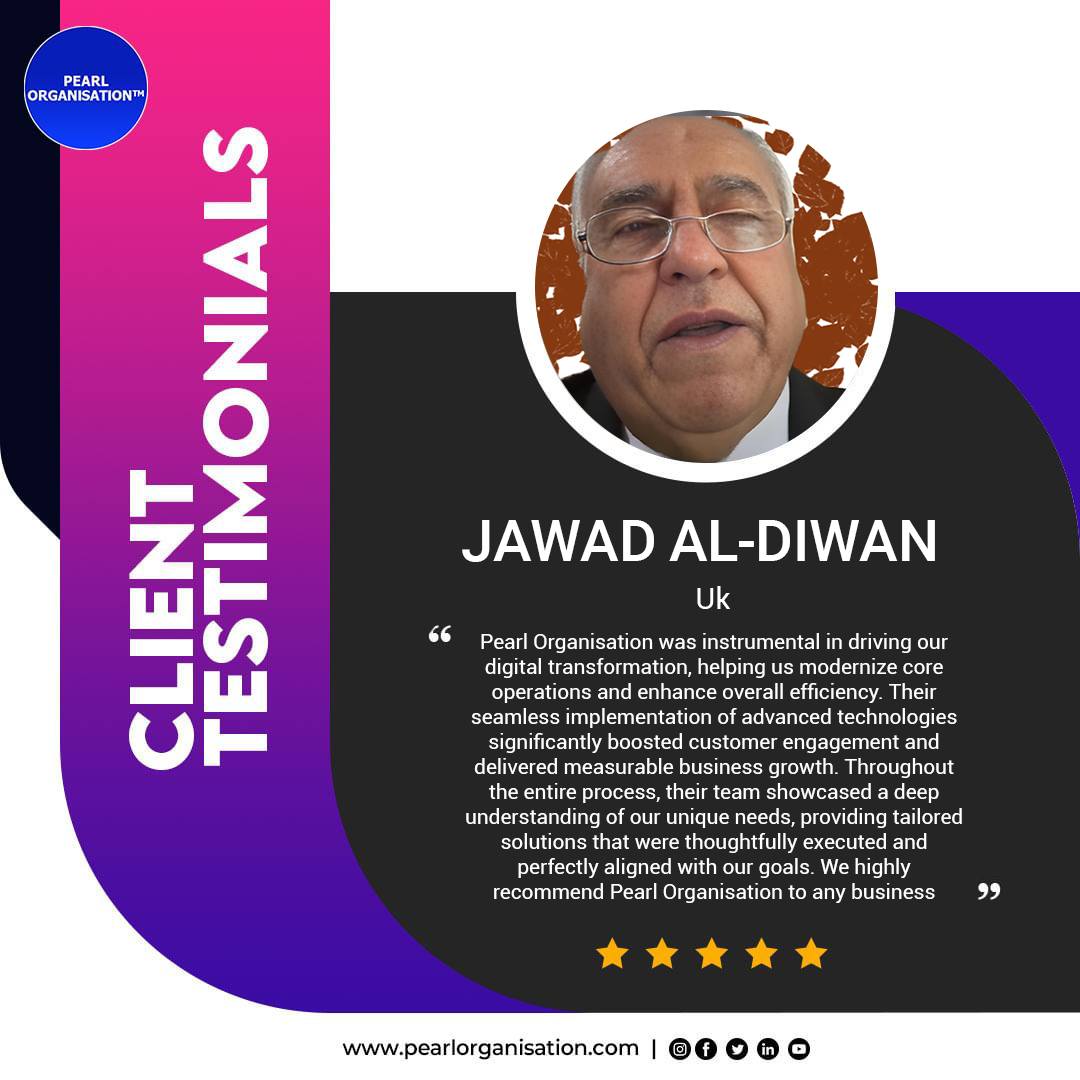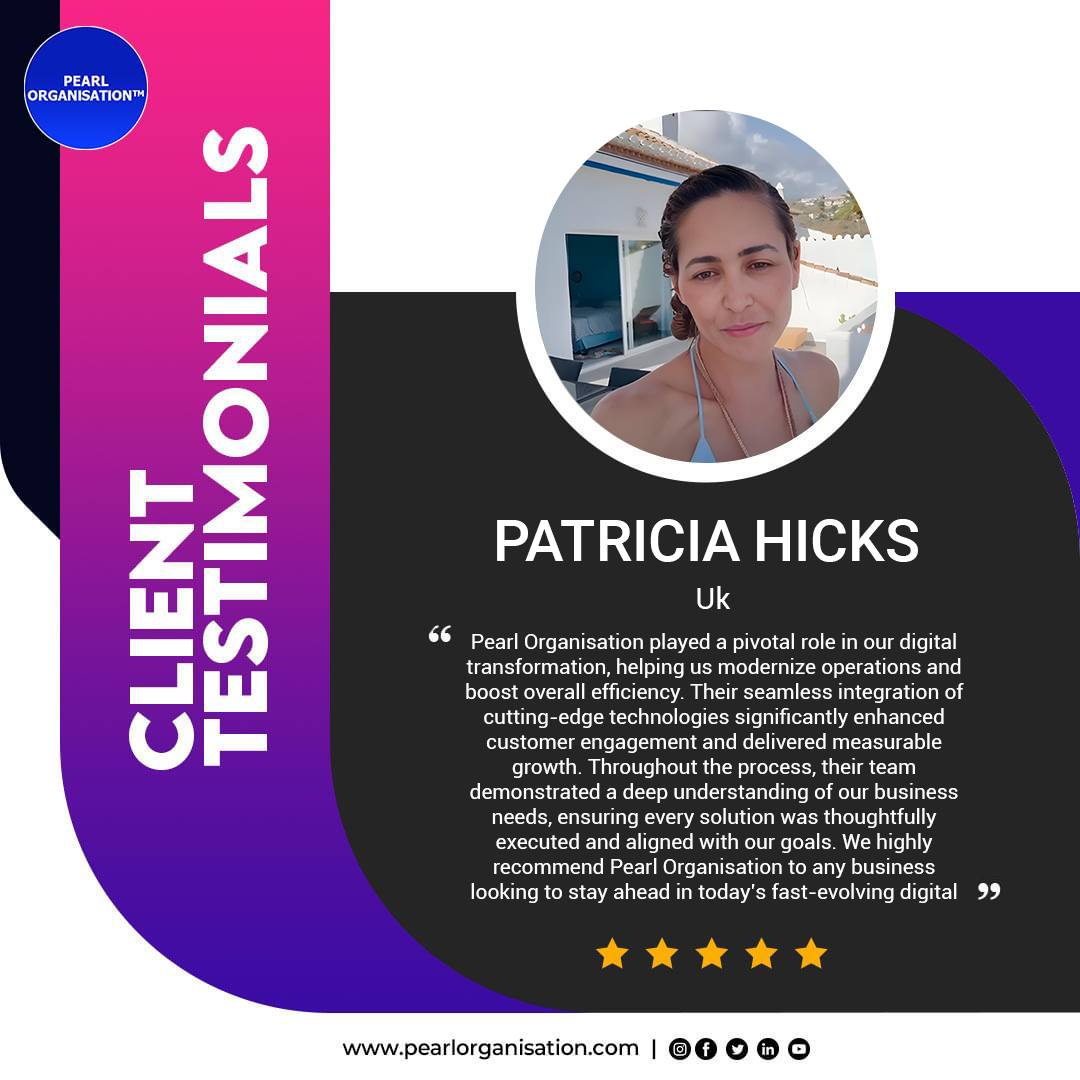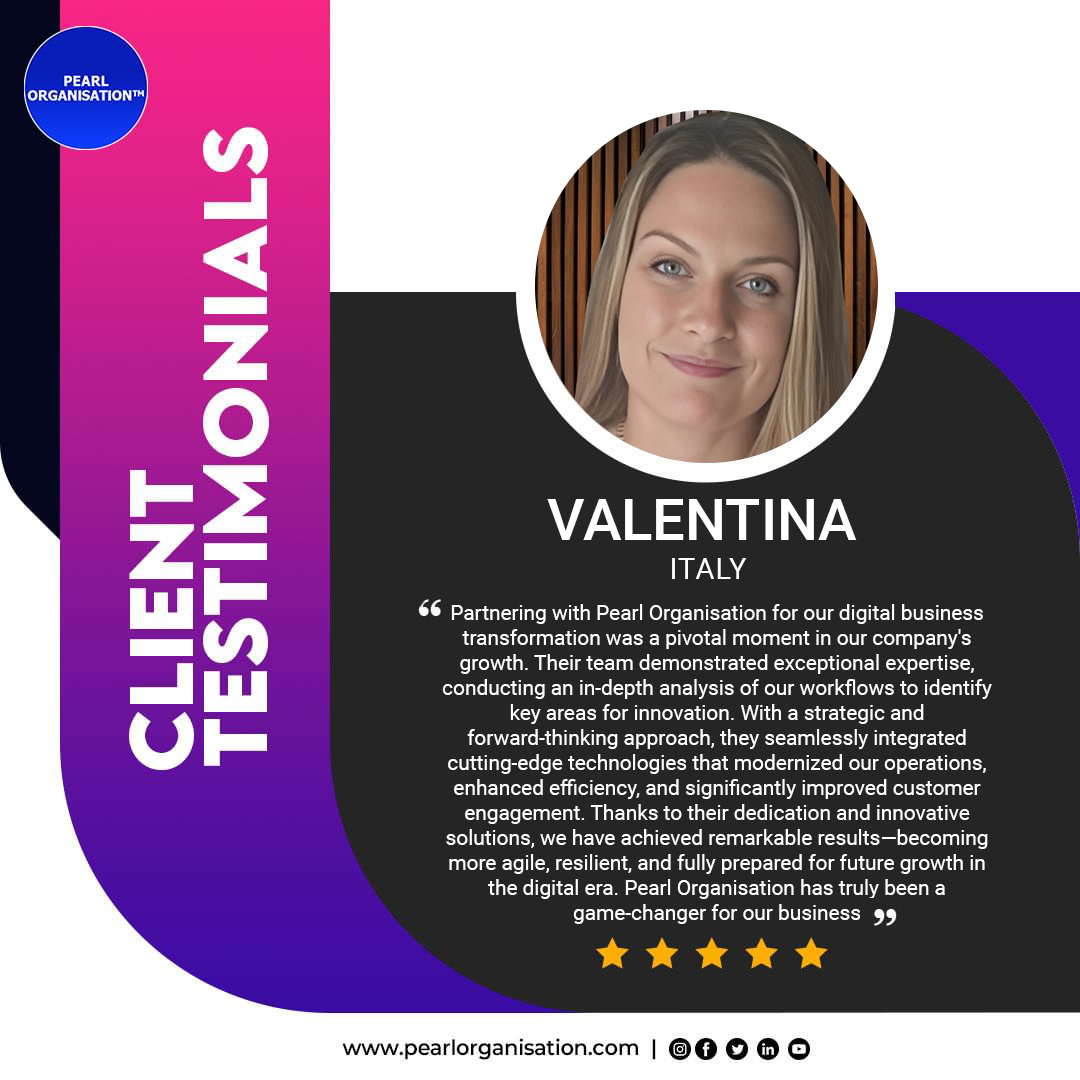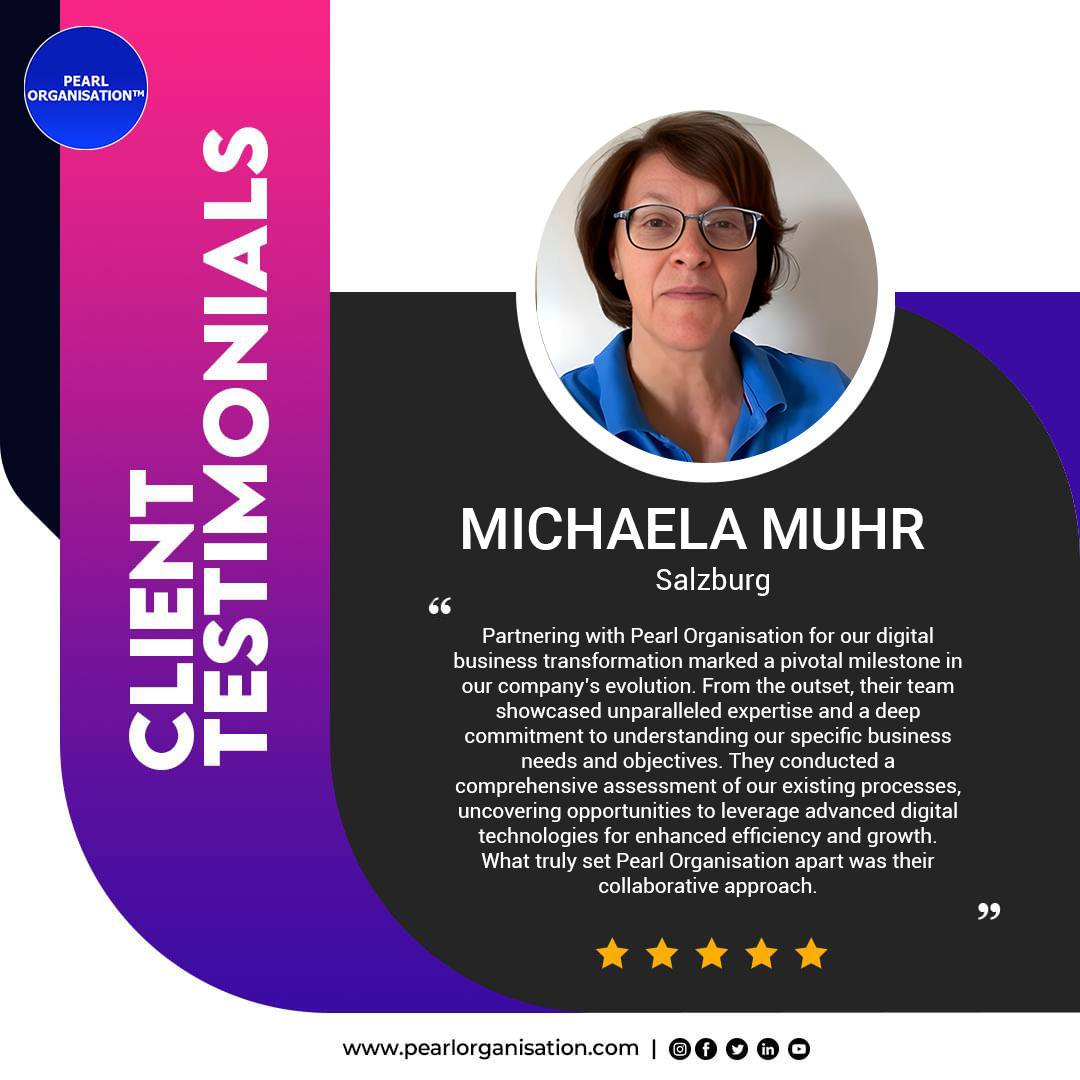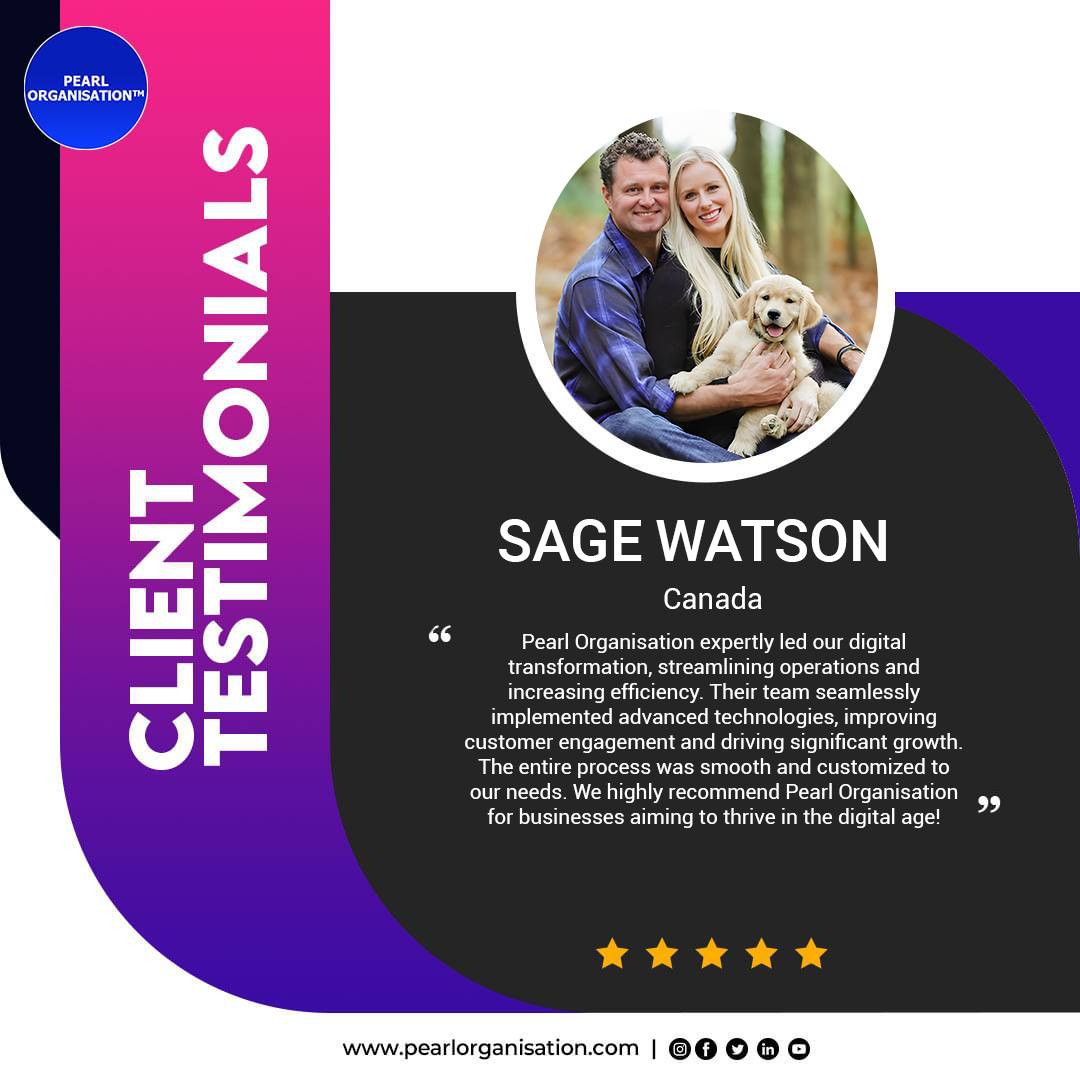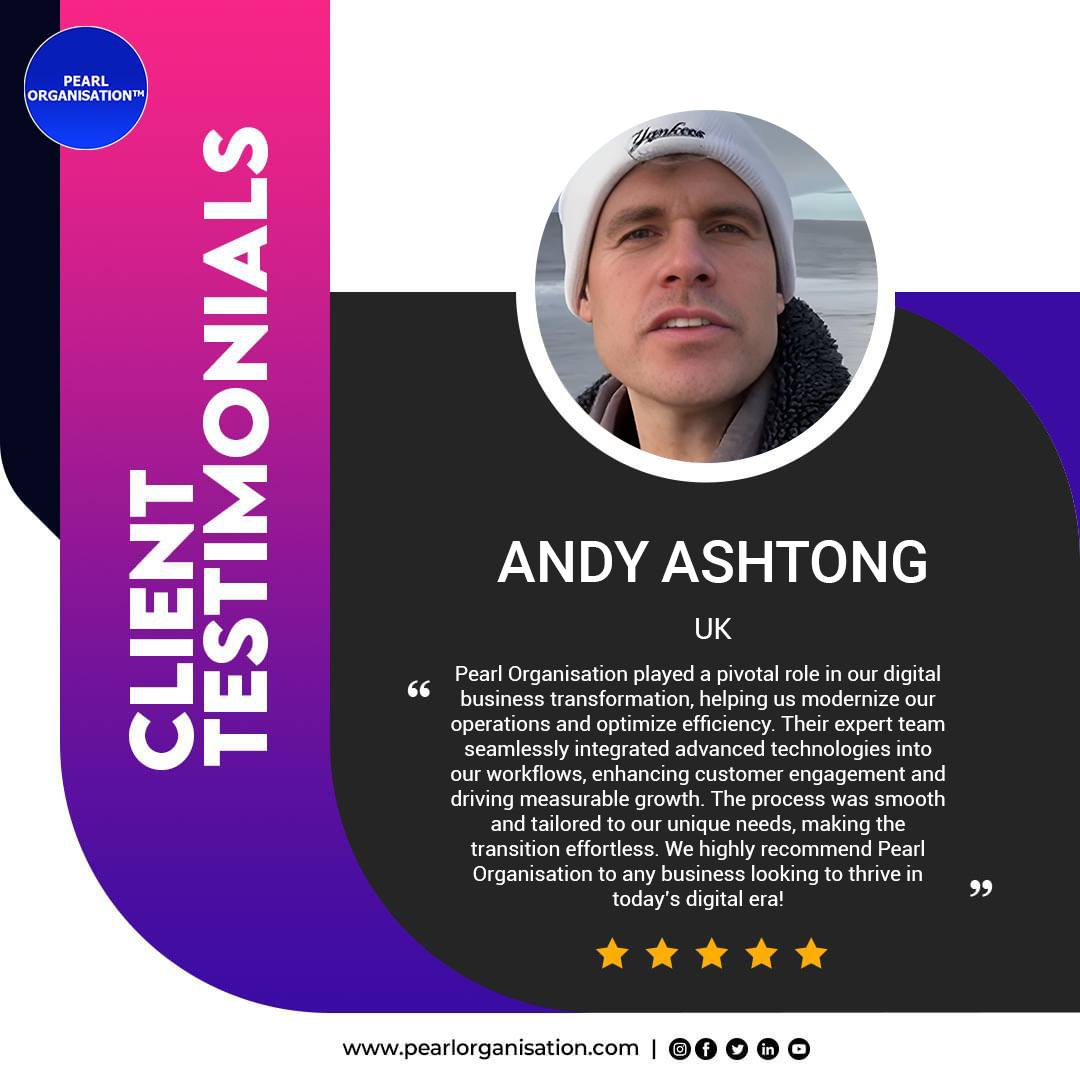Accessibility in Digital Products: A Competitive and Legal Necessity
- Larrisa

- Jun 23
- 6 min read

Digital innovation must serve everyone. In a globally connected world where users interact with software across a range of abilities, devices, and environments, accessibility is not optional—it is an absolute necessity.
At Pearl Organisation, we believe that true digital transformation includes every user. Our approach to inclusive design and accessible engineering empowers businesses to reach more users, comply with global laws, and position their digital products as ethical, competitive, and sustainable solutions.
🌐 What is Accessibility in Digital Products?
Accessibility refers to the practice of designing and developing digital systems so that people with disabilities—temporary, permanent, or situational—can perceive, navigate, interact with, and contribute to the web and mobile experiences effectively.
This includes individuals with:
Accessibility is not just for a niche—it improves usability for everyone.
🧭 Why Accessibility is Both a Business Strategy and Legal Mandate
✅ Competitive Advantage
1.3+ billion people live with some form of disability worldwide
Over 30% of digital drop-offs happen due to poor usability or accessibility failures
Accessible design improves overall user experience, including loading time, navigation ease, and readability
Voice assistants, keyboard navigation, and captions are all mainstream features today—born out of accessibility needs
✅ Legal Obligation
Governments around the world enforce strict accessibility laws. Failure to comply can lead to:
Lawsuits and legal settlements
Public relations damage
Market exclusion (particularly for government contracts or regulated industries)
⚖️ Global Accessibility Compliance Frameworks
Region | Law or Regulation | Required Standard |
Australia | Disability Discrimination Act (DDA) | WCAG 2.1 AA |
USA | Americans with Disabilities Act (ADA), Section 508 | WCAG 2.1 AA |
Canada | Accessible Canada Act (ACA) | WCAG 2.1 |
UK | Equality Act 2010 | WCAG 2.1 |
EU | European Accessibility Act | WCAG 2.1 AA |
India | Rights of Persons with Disabilities Act | WCAG 2.0 / 2.1 |
Global NGOs | UN Convention on the Rights of Persons with Disabilities | WCAG |
💡 Pearl Organisation ensures that every product we build or audit meets or exceeds these requirements.
💼 Business Impact of Accessibility
Benefit | Outcome |
Market Expansion | Reach new audiences (elderly, disabled, global users with limitations) |
SEO and Search Visibility | Faster load, structured data, ARIA markup improves organic rankings |
Legal Risk Mitigation | Avoid lawsuits, fines, and compliance breaches |
Improved Conversion Rates | Better usability = lower bounce rate + higher task completion |
Inclusive Brand Identity | Socially responsible image = stronger brand trust |
Future-Proof Development | Compatible with screen readers, mobile-first design, and evolving tech |
🛠️ How Pearl Organisation Builds Accessible Digital Products
🔹 1. Strategic Accessibility Consultation
Current system audit for accessibility barriers
Stakeholder engagement to align accessibility goals
Accessibility roadmap with prioritized action items
Define KPIs like compliance score, bounce rates, task completion by impaired users
🔹 2. Inclusive Design Principles in UI/UX
Use of accessible color contrasts (minimum 4.5:1 for text/background)
Consistent navigation, clear hierarchy, and skip links
Responsive font sizes, large clickable areas, and intuitive layouts
Designing with assistive technology users in mind (keyboard-only, screen readers)
🔹 3. Accessible Front-End Development
Semantic HTML5 and ARIA (Accessible Rich Internet Applications) roles
Logical tab order, keyboard focus control, modals and dropdown accessibility
Alt tags on images, labelled forms, error feedback
Text resizing, zooming support, and no reliance on color alone for cues
🔹 4. Comprehensive Accessibility Testing
🔹 5. Accessibility Documentation & Maintenance
WCAG 2.1 AA compliance checklist
Annotated design systems and component libraries
Post-launch monitoring and periodic accessibility health reports
Accessibility statements and VPAT documentation support for clients
📊 Accessibility as a Continuous Innovation Loop
Accessibility isn’t a one-time checkbox—it’s a culture of continuous innovation.
At Pearl Organisation, we believe in:
Shifting Left: Embedding accessibility in early-stage wireframes, design systems, and development plans
Agile Accessibility: Integrating accessibility in each sprint cycle and release version
Inclusive QA Metrics: Scoring user flows not only on speed but on inclusivity and clarity
📱 Platforms We Make Accessible
All products are tested against WCAG 2.1 AA, with support for upcoming WCAG 2.2 and 3.0 revisions.
🧠 Real-World Use Case Example
Client: State Edu. Portal, Australia
Problem: Dropout rate due to inaccessible interfaces for vision-impaired students
Pearl Organisation’s Intervention: Conducted a full accessibility audit Rebuilt components with ARIA roles, text-to-speech support, keyboard flow Improved compliance to WCAG 2.1 AA
Outcome: 54% improvement in user satisfaction, zero accessibility-related complaints post-launch
🎯 Final Takeaway: Accessibility Is the Future of Digital Excellence
Accessibility is not a burden—it’s an opportunity to lead. Inclusive digital products not only expand your market but also future-proof your brand against legal, technical, and ethical risks.
Whether you’re launching a new platform or auditing an existing one, Pearl Organisation is your partner in building accessible, sustainable, and globally compliant digital experiences.
📞 Ready to Audit or Build an Accessible Digital Product?
Let us help you transform accessibility from obligation to innovation.
💬 Frequently Asked Questions (FAQs)
Q1. What does “digital accessibility” mean in simple terms?
Digital accessibility refers to designing and building websites, mobile apps, and digital tools that everyone can use, including people with disabilities. This means:
Text that can be read by screen readers
Interfaces usable with just a keyboard
High-contrast visuals for low-vision users
Captions for video/audio content
Logical, simplified navigation for users with cognitive or mobility challenges
Accessibility ensures your digital product isn’t excluding any user group—intentionally or unintentionally.
Q2. Why is accessibility important for businesses in 2025 and beyond?
Because it's now a strategic, legal, and ethical necessity:
Strategic: It opens your product to over 1.3 billion people with disabilities worldwide
Legal: Failing to meet accessibility standards like WCAG 2.1 AA can lead to lawsuits and compliance fines
Ethical: Inclusive design supports social responsibility, brand trust, and future scalability
Companies that invest in accessibility early often outperform those who treat it as an afterthought.
Q3. What global laws enforce accessibility in digital products?
Accessibility is enforced differently around the world. Here are major regulations:
Australia: Disability Discrimination Act (DDA) + WCAG 2.1 AA
USA: Americans with Disabilities Act (ADA), Section 508
Canada: Accessible Canada Act (ACA)
UK: Equality Act 2010
EU: European Accessibility Act
India: Rights of Persons with Disabilities Act
Failing to meet these standards can result in legal claims, fines, blocked government contracts, and loss of public trust.
Q4. What is WCAG, and which version is currently recommended?
WCAG stands for Web Content Accessibility Guidelines—a global standard created by the W3C to help developers, designers, and businesses ensure content is accessible to people with disabilities.
The currently recommended version is:
WCAG 2.1, Level AA (legal requirement in most countries)
WCAG 2.2 is gaining adoption
WCAG 3.0 is in draft, expected to reshape future accessibility benchmarks
Pearl Organisation builds and tests products according to these evolving standards.
Q5. What are some examples of features that improve accessibility?
Here are several must-have accessibility features:
These not only improve accessibility—they boost SEO, usability, and mobile-friendliness too.
Q6. How does Pearl Organisation test for accessibility in digital products?
Pearl Organisation uses a comprehensive 4-layer testing model:
Automated testing: Tools like Lighthouse, Axe, and WAVE
Manual testing: Human QA for real-world use with screen readers and keyboard-only flows
Assistive technology compatibility: JAWS, NVDA, VoiceOver, TalkBack
User testing: Real feedback from users with disabilities
Every project receives a full accessibility audit report with actionable fixes.
Q7. Can accessibility improve SEO?
Yes—significantly. Accessibility overlaps with many SEO best practices:
Semantic HTML and clear content hierarchy
Fast load times and mobile responsiveness
Alt text for images (which doubles as image SEO)
Descriptive anchor text
Structured data and metadata
Accessible websites are easier for both users and search engines to navigate.
Q8. Is accessibility only for people with permanent disabilities?
No—accessibility also benefits people in temporary or situational circumstances:
A person using a phone in bright sunlight (needs high contrast)
Someone recovering from surgery (can’t use a mouse)
A commuter on a noisy train (can’t listen to audio content)
Aging users with slower cognitive or motor abilities
Inclusive design helps everyone interact more easily with your product, regardless of ability or environment.
Q9. How often should businesses review their digital product for accessibility compliance?
Best practice recommends:
Accessibility review before every major launch or redesign
Quarterly automated scans to catch regressions
Annual full audit covering design, code, and real-user testing
Ongoing monitoring and updates as per evolving WCAG versions
Pearl Organisation offers accessibility maintenance packages to ensure long-term compliance.
Q10. Can Pearl Organisation retrofit accessibility into an existing product?
Absolutely. We provide accessibility audits and retrofitting services that include:
Reviewing existing UI/UX
Making minimal-impact code adjustments
Adding missing ARIA labels and focus states
Implementing progressive enhancements
Ensuring WCAG compliance without disrupting existing systems
Even legacy systems can be made accessible with structured guidance.





























